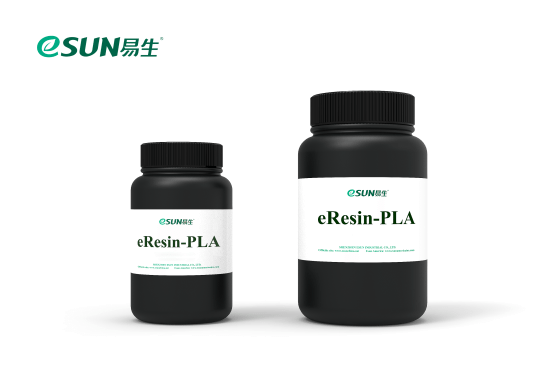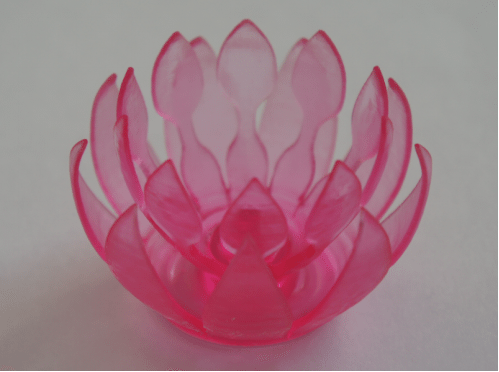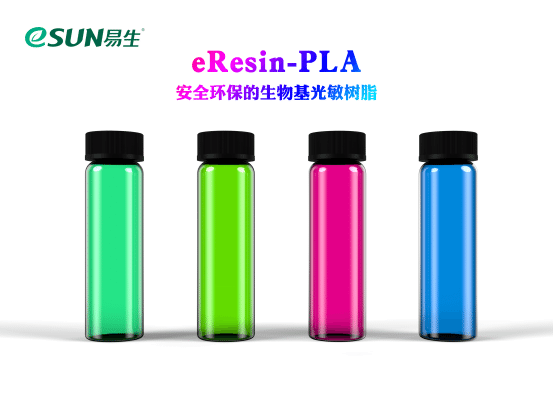Love working with resin but hate the smell? What about the environmental pollution? eSUN, a company based in Shenzhen, have come up with a solution.
The benefits of working with SLA resin are many. It’s great for precision work and the surface quality is high, making it perfect for highly detailed, intricate work. But it is a smelly material, has environmental pollution, is sticky and difficult to clean if there is spillage. On top of that it can be expensive, and is mostly solidified by UV.

eSUN have been developing bio-materials to combat these defects and weaknesses, and recently launched eResin-PLA; an FDM to SLA cross-border innovative product. The bio-based SLA resin has been researched and produced with the accumulated expertise and technology of eSUN.
The product is suitable for SLA 3D printing devices, using bio-based PLA monomer as a raw material to synthesize. It’s expected to keep the features of stability and high performance, whilst also being environmentally friendly.

Its unique features
- Bio-based, less offensive smell, safe, environmentally friendly and biodegradable
- Low viscosity, better performance of flow, easy to clean
- Tougher and more wear-resistant, no warping or distortion problem
- Solidified by UV and normal visible light

It comes in a variety of colors, a variety of volumes (100ml, 250ml, 500ml and 1L), and is expected to be quite successful in the application of jewelry, arts, models/prototypes and functional components.
About the company
Established in 2002 and located in Shenzhen Special Economic Zone, Shenzhen Esun Industrial Co., Ltd. is a high-tech enterprise specializing in researching, developing, producing and operating degradable polymer materials, such as PLA and Polymorph. ESUN own three different R&D centers, which specialized in material syntheses, modification and application.
With the exclusive professional formulas and professional production lines, their 3D filament is characterized by absolutely round shape, accurate diameter,high tenacity, uniform color shade and stable melting point.



